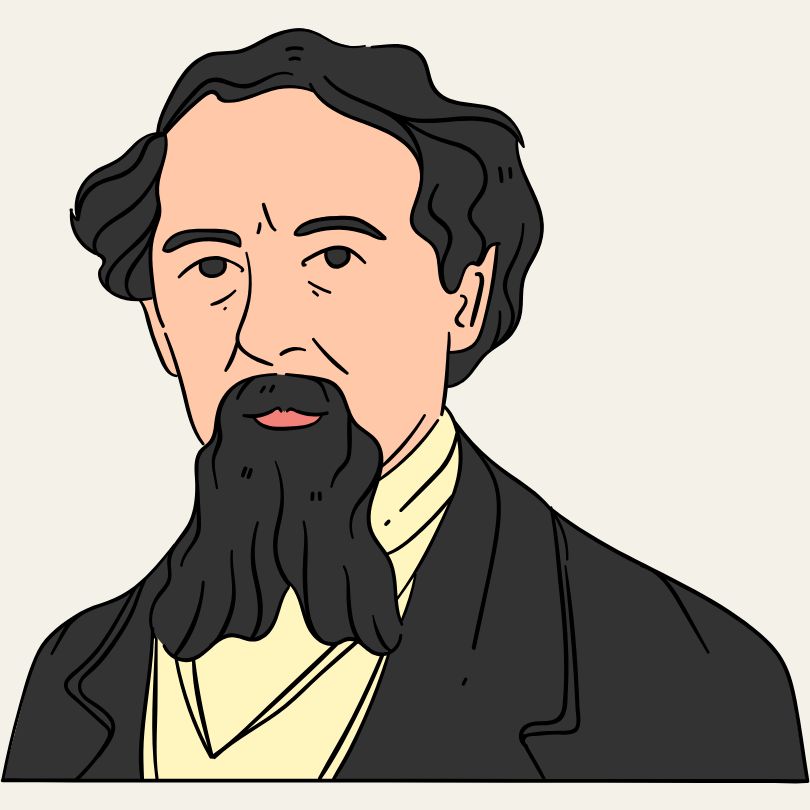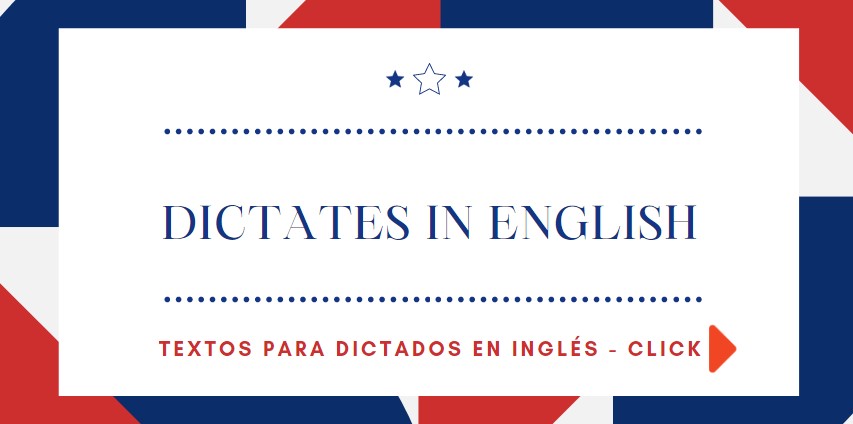
Why Charles Dickens Still Matters Today ✍️
When we think of the Victorian era, few names capture the spirit of the time better than Charles Dickens. More than just a celebrated novelist, Dickens was a powerful social commentator, a voice for the voiceless, and a tireless observer of the human condition. His novels do more than entertain—they reflect and critique the very heart of 19th-century British society.
In this article, we’ll explore:
- Who Charles Dickens was
- What Victorian society looked like
- How Dickens portrayed that society in his work
- His legacy and why he remains relevant today
Let’s dive into the gritty, foggy streets of Victorian London and discover the real world behind the pages of Oliver Twist, David Copperfield, and Bleak House.
Who Was Charles Dickens? 👨💼📖
Born on February 7, 1812, in Portsmouth, England, Charles John Huffam Dickens came from modest beginnings. His early life would deeply influence his work. When his father was imprisoned for debt in 1824, young Charles was forced to leave school and work in a boot-blacking factory—an experience that haunted him and appeared in many of his stories.
Throughout his career, Dickens published his novels in serial form—one installment at a time—making literature accessible to the growing middle and working classes. His engaging storytelling, unforgettable characters, and sharp social commentary earned him immense popularity. By the time of his death in 1870, Dickens was not just a writer, but a national institution.
Understanding Victorian Society: The World Dickens Wrote About 🌍
To truly appreciate Dickens, we need to understand the Victorian era (1837–1901), during the reign of Queen Victoria. It was a time of industrial expansion, technological innovation, and empire building, but also of deep social inequalities.
Key Characteristics of Victorian Society:
- Industrial Revolution 🏭: Britain became the “workshop of the world,” but factory work meant long hours, low wages, and dangerous conditions.
- Class Division 💼🧹: Society was sharply divided into upper, middle, and working classes, with very little mobility.
- Urbanization and Overcrowding 🏙️: Cities like London grew rapidly, leading to slums, poor sanitation, and public health crises.
- Child Labor 👶🛠️: Children worked in factories, mines, and as chimney sweeps—cheap labor with little protection.
- Moral Codes and Hypocrisy 🙊: Victorian society valued propriety and respectability, yet many turned a blind eye to widespread poverty and exploitation.
This was the world Charles Dickens wrote about—not in abstract terms, but with vivid, unforgettable detail.
Dickens as a Social Commentator 🕵️♂️
More than a novelist, Dickens was a social reformer. Through his fiction, he exposed the injustices and absurdities of his time. He believed in the power of storytelling to bring about change and give voice to the marginalized.
Let’s explore how he did this through his major works.
Major Works and Their Social Themes 📚
1. Oliver Twist (1837–1839)
Theme: Poverty, child labor, and criminal underworld
In Oliver Twist, Dickens shone a light on workhouses—grim institutions for the poor—and the exploitation of children. Oliver, an orphan, faces brutal treatment in these institutions before falling into the hands of criminals like Fagin and Bill Sikes.
💡 “Please, sir, I want some more.” — This famous line isn't just about hunger—it's about dignity, desperation, and the inhumanity of the Poor Law system.
2. Nicholas Nickleby (1838–1839)
Theme: Education and abuse of power
Dickens exposed the cruelty of Yorkshire boarding schools, especially through the villainous Wackford Squeers, headmaster of Dotheboys Hall. The novel contributed to increased public scrutiny of such institutions.
3. David Copperfield (1849–1850)
Theme: Autobiography, child labor, and personal growth
Often regarded as Dickens’s most personal novel, David Copperfield reflects his own experiences with child labor and social mobility. It’s a tale of perseverance, but also a critique of rigid class structures.
4. Bleak House (1852–1853)
Theme: Bureaucracy and legal corruption
This novel takes aim at the Court of Chancery, a symbol of legal inefficiency. The never-ending case of Jarndyce vs Jarndyce showcases how the legal system fails the people it’s meant to serve.
5. Hard Times (1854)
Theme: Industrial capitalism and utilitarianism
Set in the fictional Coketown, this novel critiques a society that prioritizes profit and logic over emotion and human connection. The character of Thomas Gradgrind represents this cold utilitarian philosophy.
6. Great Expectations (1860–1861)
Theme: Class ambition and moral development
Pip’s journey from a poor blacksmith’s apprentice to a gentleman shows how wealth and social class can corrupt, confuse, and isolate. It’s a deeply psychological look at aspiration and identity.
Dickens’s Portrayal of Society: Realism with a Human Touch 🧑🤝🧑
Dickens wasn’t interested in dry facts—he humanized social issues by giving them faces, voices, and backstories. His characters were:
- Memorable: Think of Ebenezer Scrooge, Miss Havisham, or Mr. Micawber—larger-than-life yet painfully real.
- Sympathetic: Even the villains had depth; even the poor had dignity.
- Diverse: Dickens wrote about clerks, beggars, orphans, aristocrats, factory workers, and more.
He blurred the lines between good and evil, rich and poor, showing that every individual has value.
The Role of Serialization and Public Engagement 📰
Dickens's novels were published in monthly or weekly installments in popular magazines, making them affordable and accessible. This allowed:
- Real-time feedback from readers
- Adjustments in plot and character arcs
- Building suspense and engagement over time
Serialization helped turn Dickens into a literary celebrity and made reading a shared cultural experience across classes.
Dickens and Social Reform Movements ⚖️
While not always politically radical, Dickens was aligned with many reformist causes:
- He campaigned for better sanitation, education, and child welfare.
- He supported the Ragged Schools Movement, which provided free education to poor children.
- His journalism and public speeches often addressed social problems and urged change.
Though he wasn’t an outright revolutionary, his writing sparked public debate and influenced reformers and lawmakers.
Criticisms and Controversies 😬
Despite his many achievements, Dickens wasn’t without flaws:
- Gender Roles: His female characters are often passive, virtuous, and one-dimensional.
- Colonial Blind Spots: While he critiqued British society, he rarely questioned the ethics of Empire.
- Personal Life: He treated his wife Catherine poorly, separating from her and taking custody of their children.
Still, these critiques don’t erase his contributions but add depth to our understanding of the man and his era.
Dickens’s Legacy in Modern Times 🕯️➡️💡
Why does Charles Dickens still matter in the 21st century?
- Timeless Themes: Poverty, inequality, bureaucracy—these issues remain with us.
- Education: His works are widely studied for their literary and historical value.
- Media Adaptations: Countless films, TV series, and stage productions keep his stories alive.
- Social Awareness: He helped establish the idea that literature can change society.
In many ways, Dickens was an early champion of storytelling for social justice.
Reading Dickens Today 📚❤️
Reading Charles Dickens is like opening a window into the soul of Victorian England. But more than that, it’s an invitation to reflect on our own world:
- Are we doing enough for the poor and marginalized?
- How do we treat children, the elderly, and the vulnerable?
- Can storytelling still make a difference?
Through his unforgettable characters and powerful narratives, Charles Dickens gave a voice to the forgotten. His books aren’t just classics—they’re calls to action, reminding us to see and care for the humanity around us.
Further Reading and Reliable Sources 📚🔍
To go deeper, check out these trusted sources:
- Claire Tomalin, Charles Dickens: A Life – A thorough and engaging biography
- Oxford Dictionary of National Biography – Excellent for historical context
- The British Library – Charles Dickens Collection
- The Dickens Fellowship
- BBC History – Charles Dickensl
Final Thoughts ✨
If you’re new to Dickens, start with Oliver Twist or Great Expectations. If you’re returning, read Bleak House with fresh eyes. Either way, you’ll find not only rich stories but profound insights into society—then and now.
So next time you open a Dickens novel, remember: you’re not just reading fiction—you’re seeing Victorian society through the eyes of its most brilliant chronicler. 🌍📖

